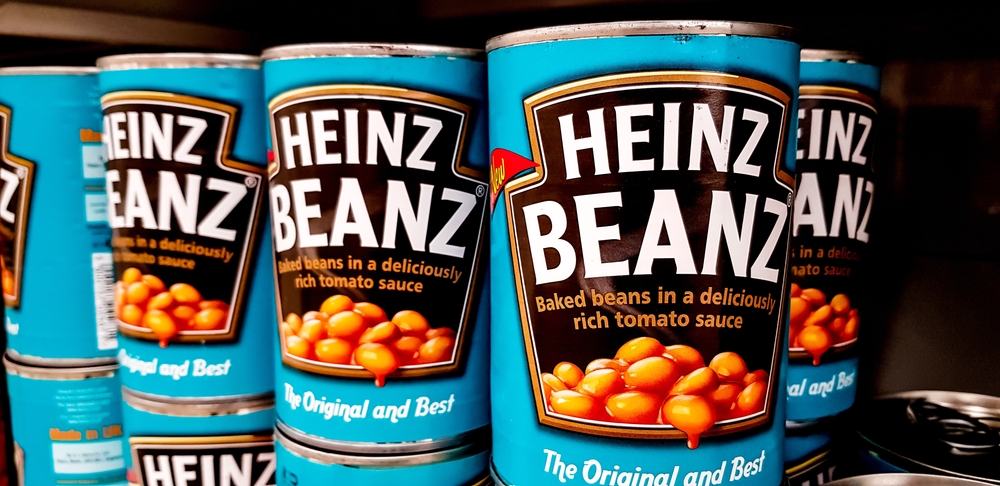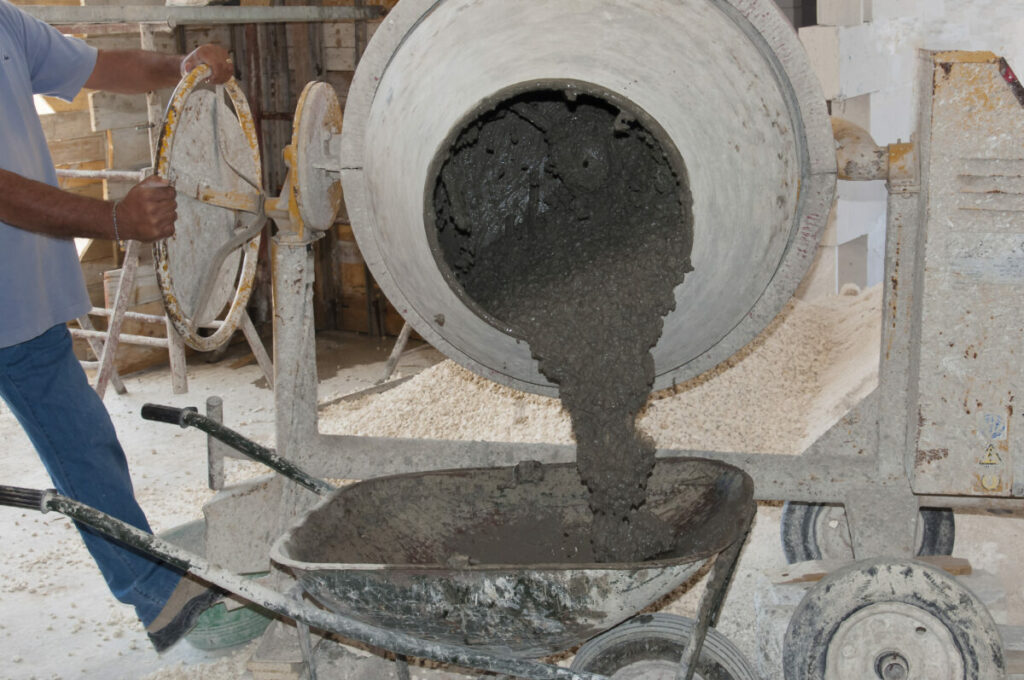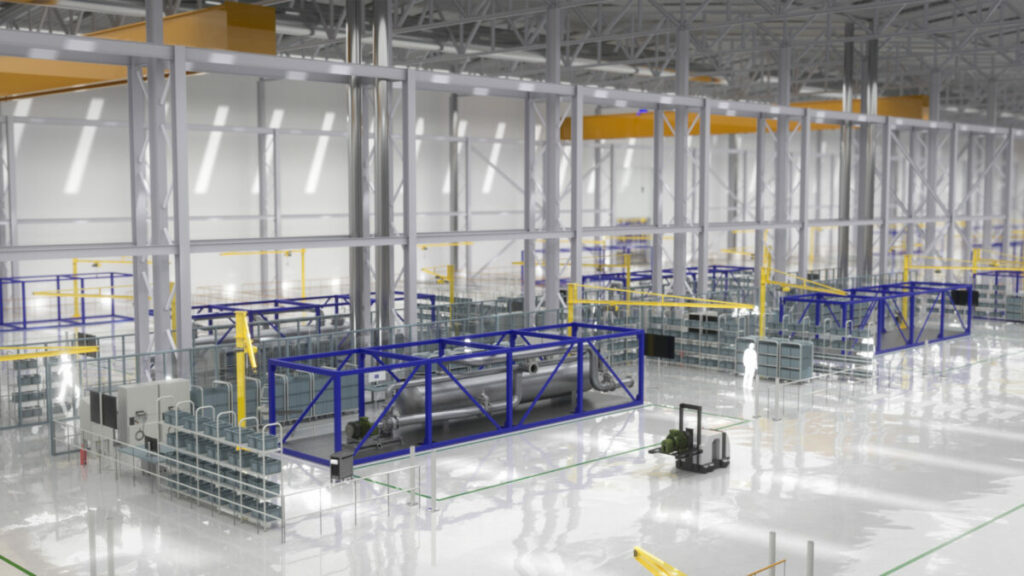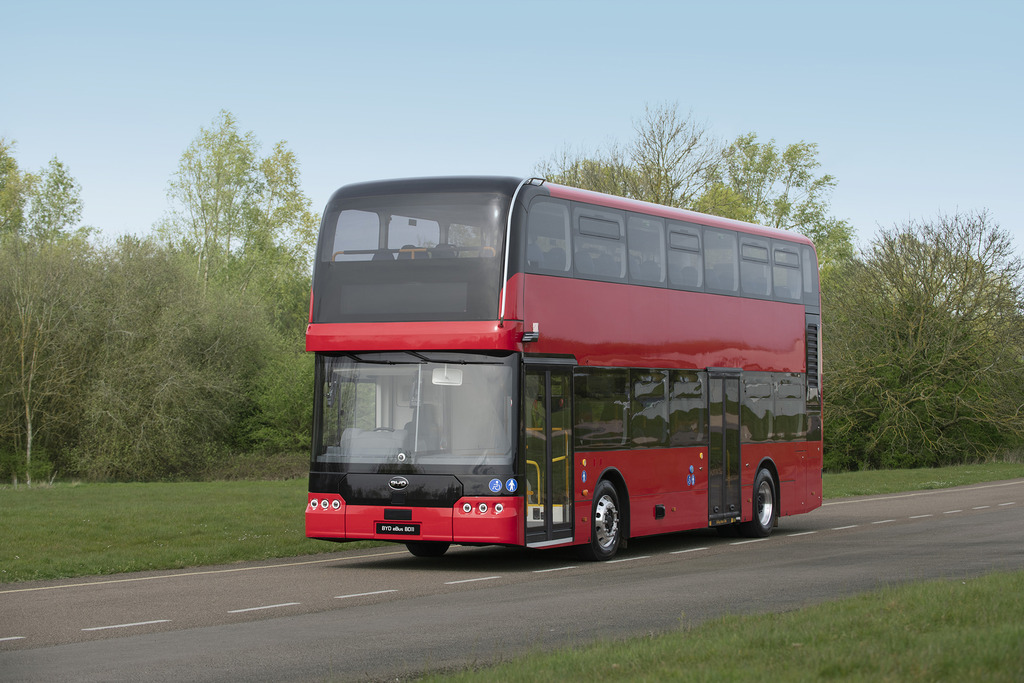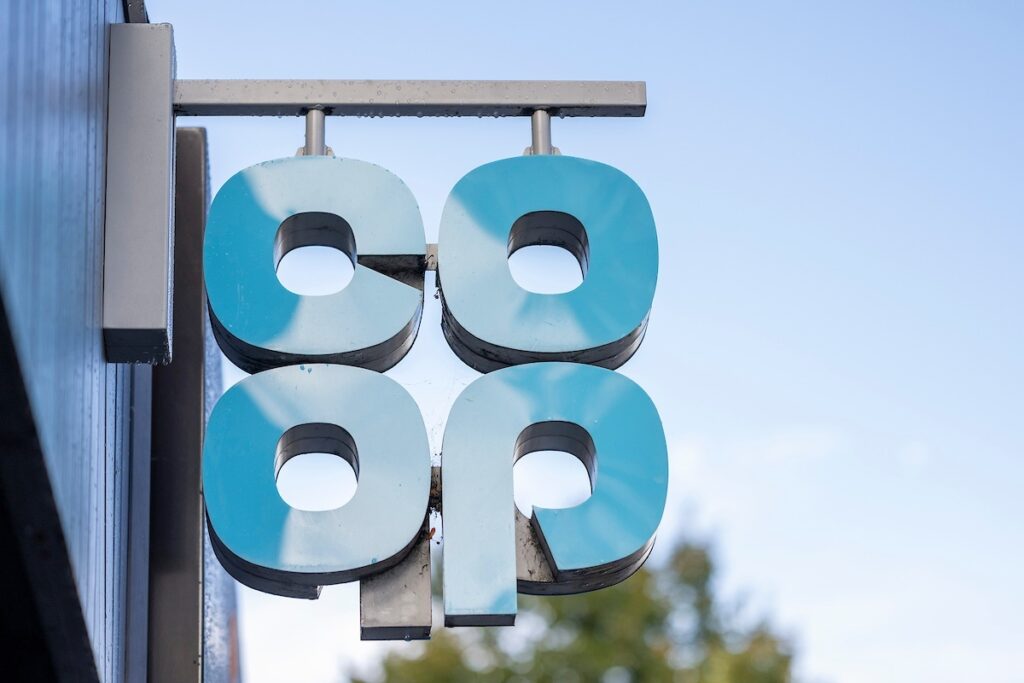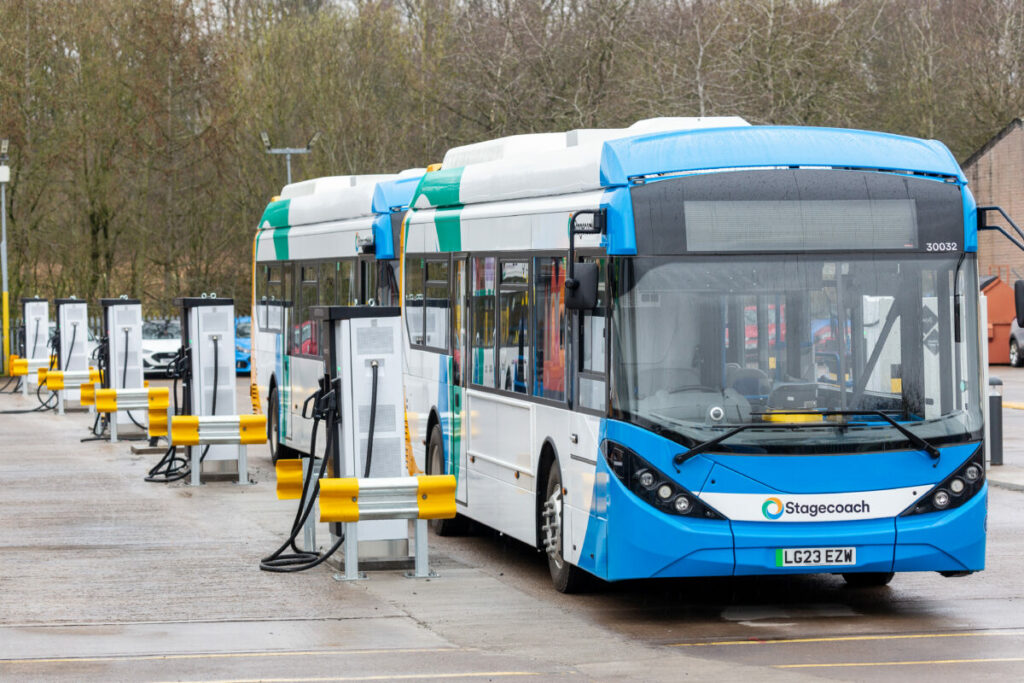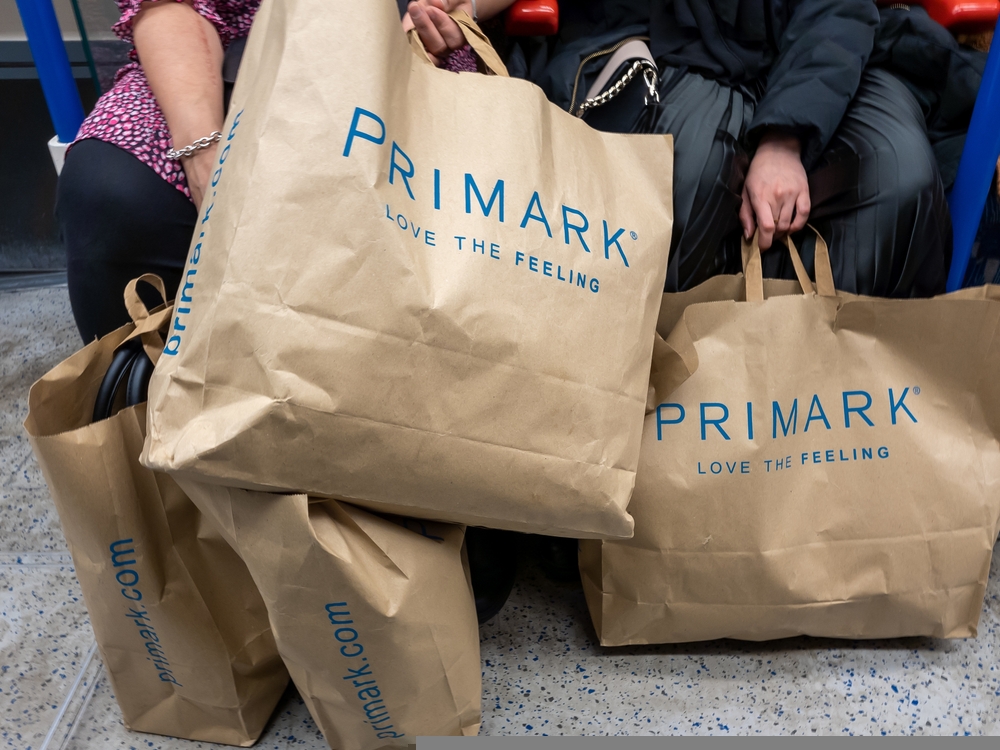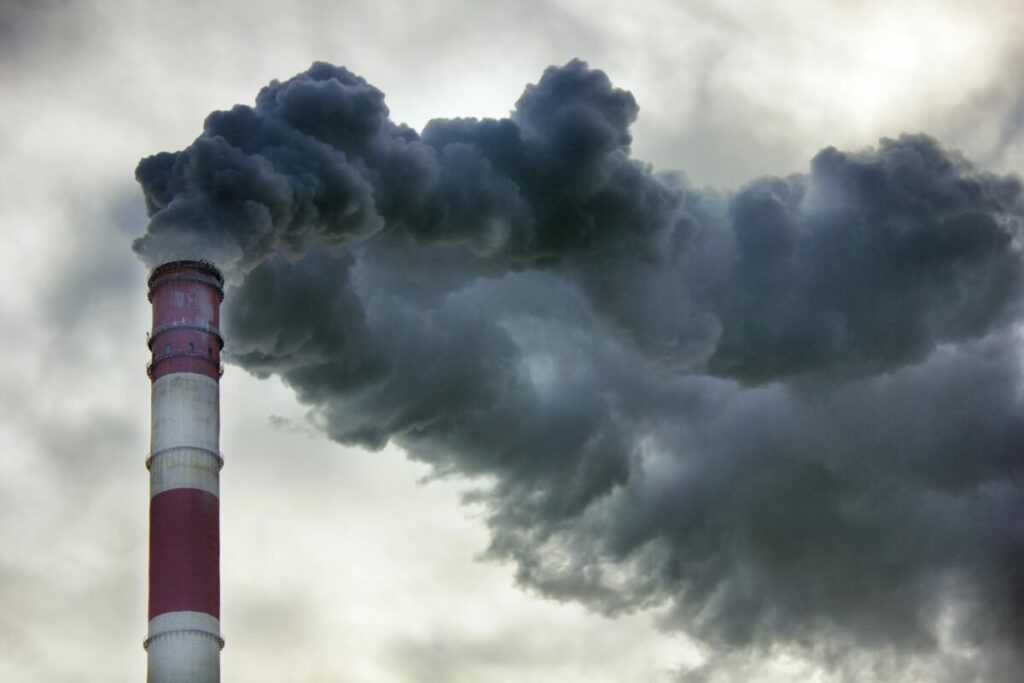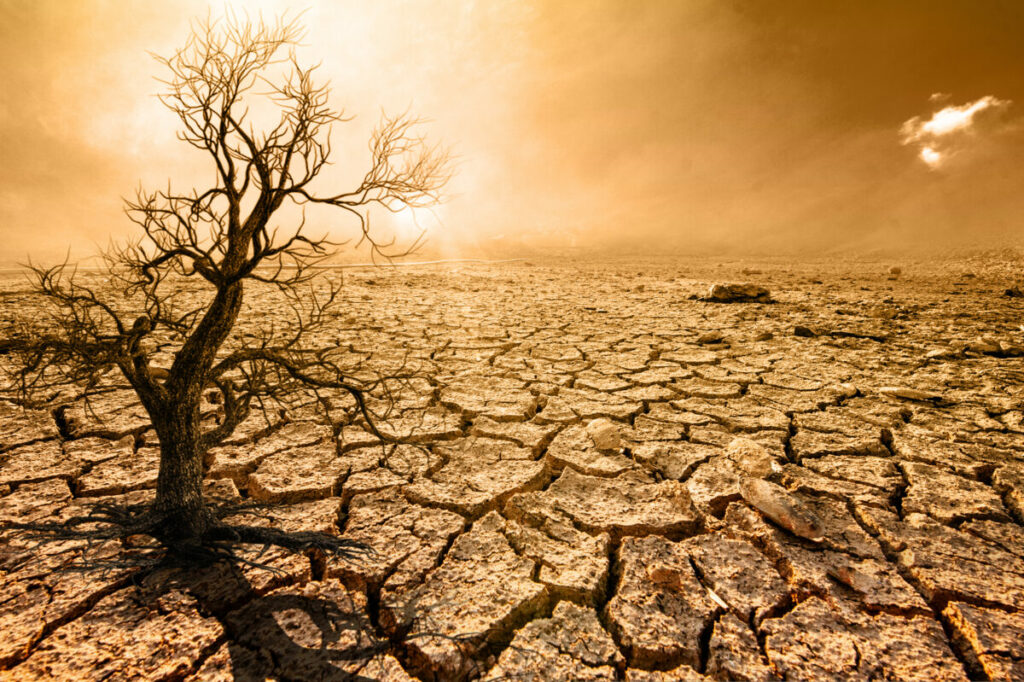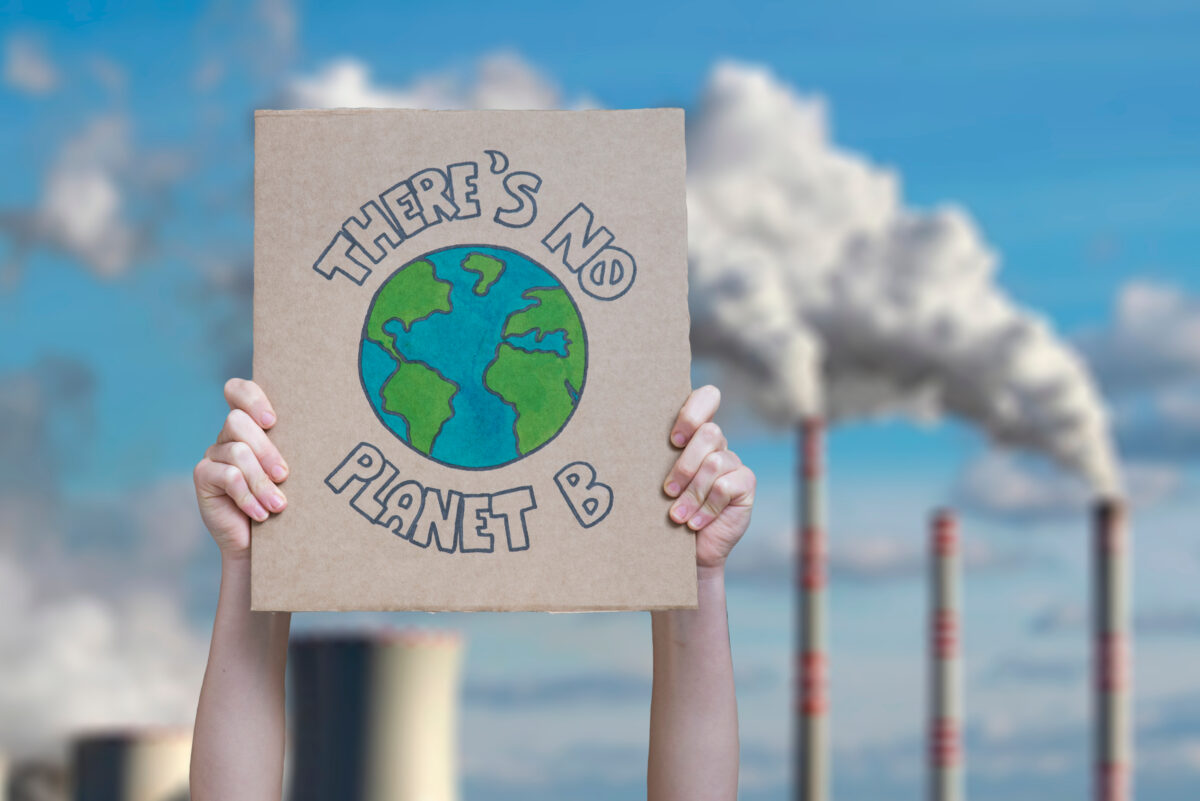The Kraft Heinz Company has signed an agreement with UK energy infrastructure development company Carlton Power to develop a renewable green hydrogen plant at one of its largest global facilities, Kitt Green.
The proposed 20MW Kitt Green hydrogen plant is a first for the multinational food company and will aim to meet more than 50% of the plant’s annual natural gas demand, reducing its emissions by 16,000 tonnes per year.
An electrolyser will use electricity generated from sources of renewable energy – primarily wind and solar power – to produce the hydrogen.
The Kraft Heinz Company North Europe president Jojo Lins De Noronha said the partnership is an “important step forward” in its efforts to reduce carbon emissions and achieve its goal of net zero emissions by 2050, with a 50% reduction in emissions by 2030.
“We’re excited to partner together to develop our first, renewable hydrogen energy project globally and hope to see more projects like these in the future,” De Noronha added.
Subscribe to Sustainability Beat for free
Sign up here to get the latest sustainability news sent straight to your inbox everyday
Carlton Power hydrogen projects director Eric Adams said: “It is critical that projects like this are brought forward to support British companies, especially in manufacturing, in reducing their carbon emissions and reaching net zero.”
Over the next 12 to 18 months, Kraft Heinz and Carlton Power will seek to obtain planning permission and financing for the £40million Carlton/Kraft Heinz renewable hydrogen scheme, which is set to enter operation in 2026.
Its construction will be subject to securing financial support from the government’s second Hydrogen Allocation Round (HAR2) of the Hydrogen Production Business Model (HPBM), launched to support UK industries’ switch to hydrogen.
A submission to the Department of Energy Supply will be made this year via HAR2, following consultations with local and national stakeholders.


